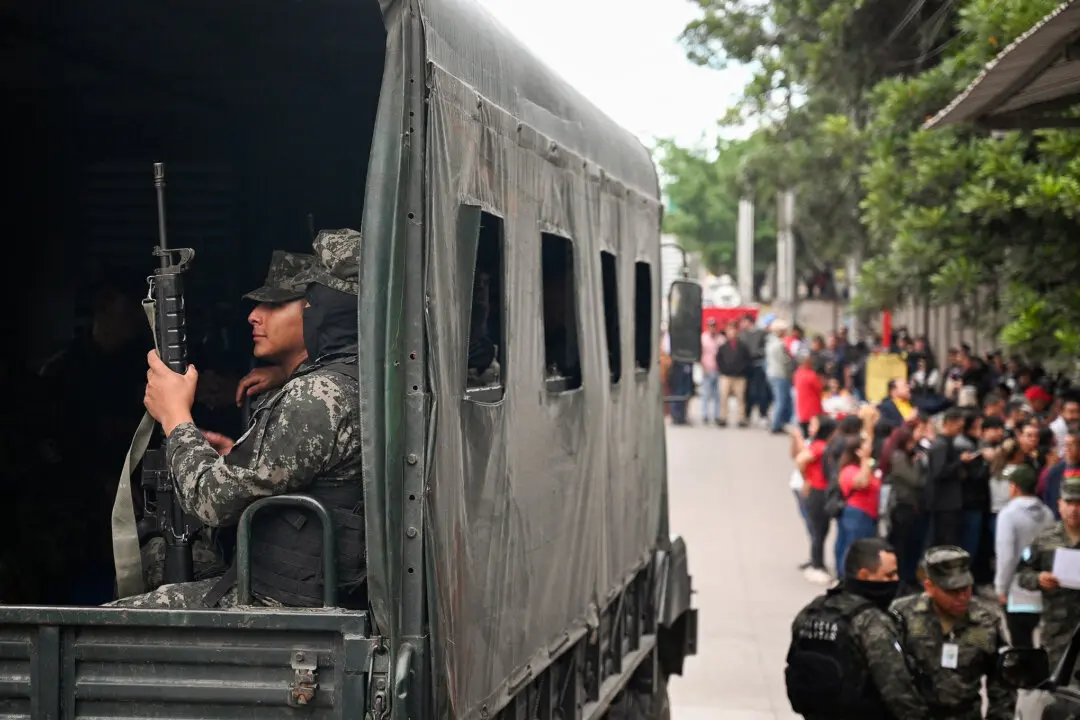Grand Central Terminal, in the heart of New York City, opened 100 years ago and it holds secrets that millions of travelers and visitors have never known. Here are 10 of the most intriguing secrets of the largest train terminal in the world.
10 Secrets of Grand Central Terminal (Photos)
Here are 10 of the most intriguing secrets of the largest train terminal in the world–The Grand Central Terminal in New York City.

This massive rotary converter was one of many used to transform electrical current for the trains operating out of Grand Central Terminal. Although it is no longer operational, it is still housed in the subbasement. Samira Bouaou/The Epoch Times
|Updated:






